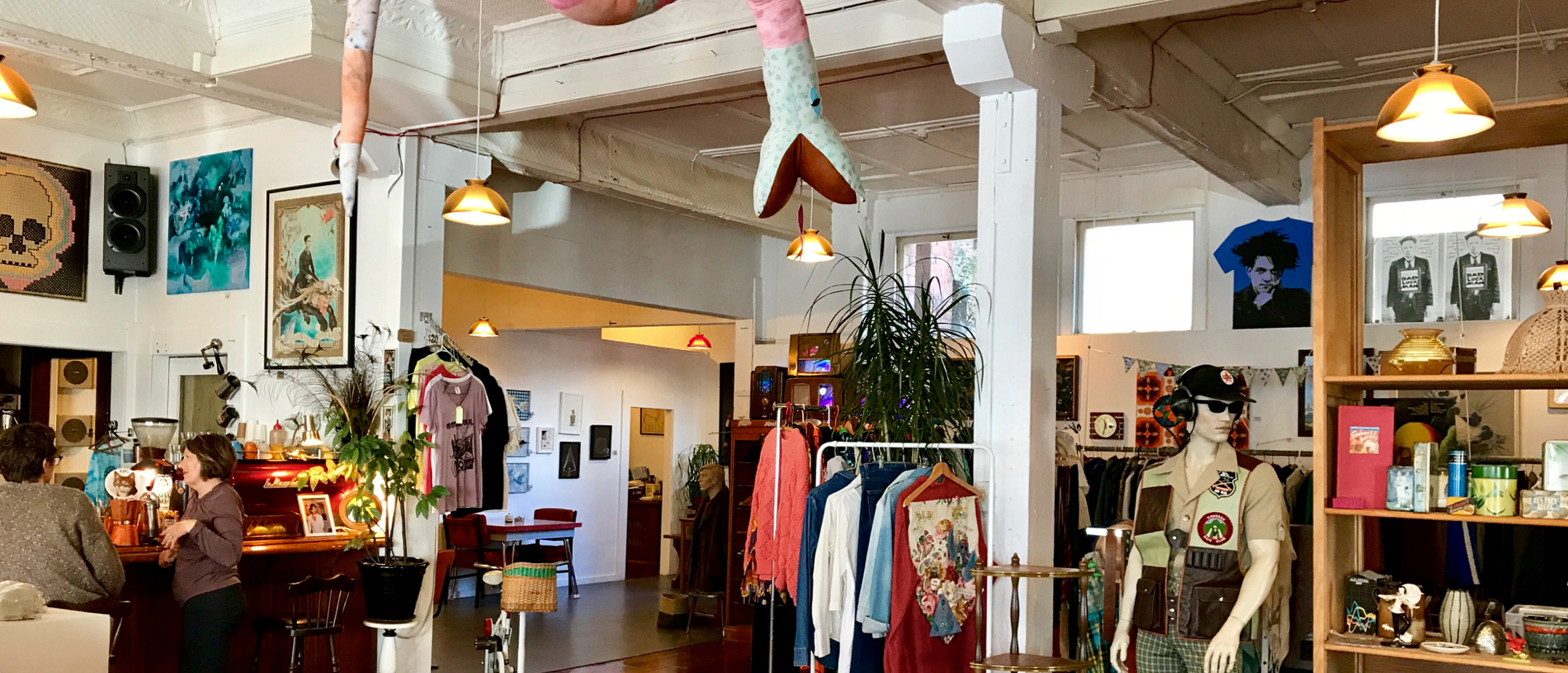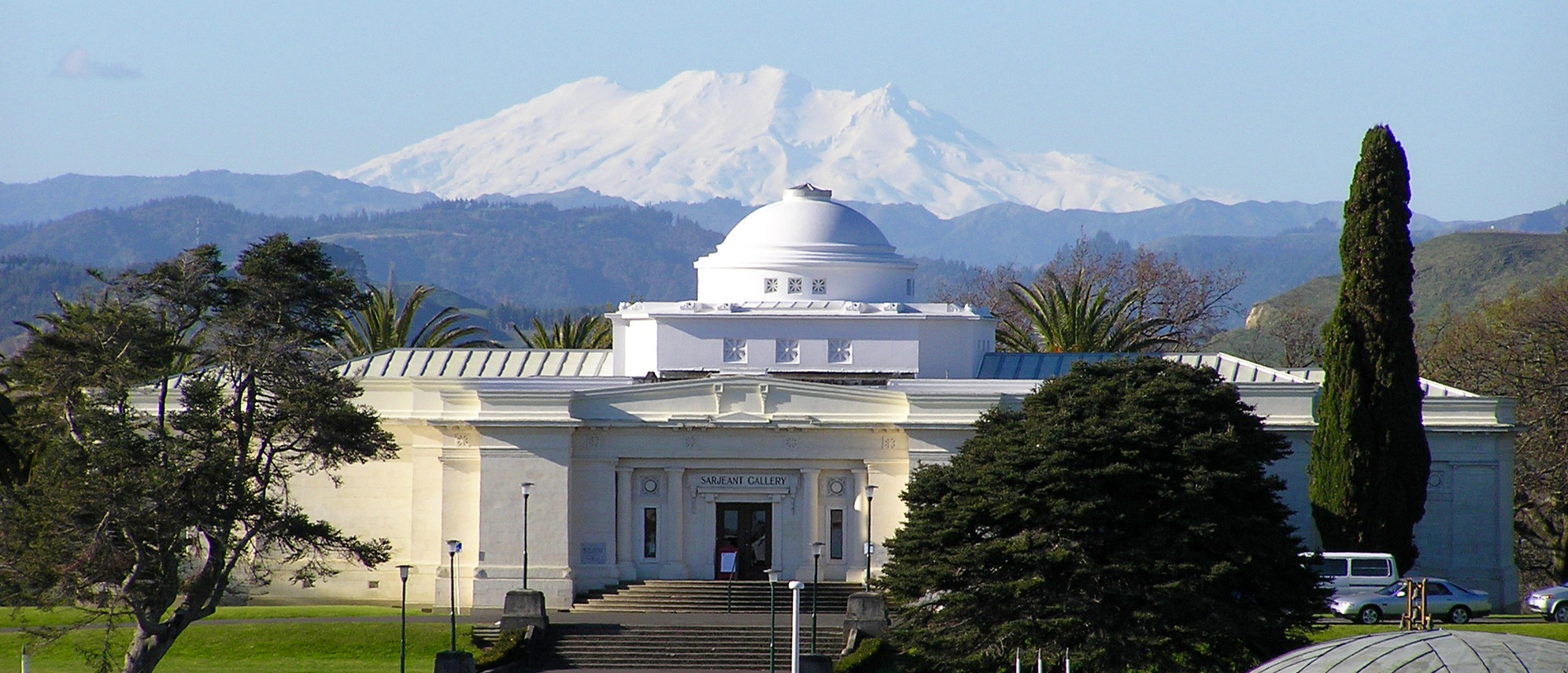
Indulge: food and drink in Whanganui
There are several spots for great coffee, foodie gems and fun places to eat out in pretty Whanganui.

From clay to canvas; artworks, artefacts and molten glass, Whanganui is bursting with creative colour.
For a small riverside city, Whanganui has a disproportionate number of creative residents, crafting beautiful wares in studios and galleries from the banks of the river to the wild west coast.
New Zealand Glassworks is the only open-access glass studio in New Zealand. Visit even just to observe artists in action in ‘the pit’. It's a mesmerising process. An artist and tutor work together like a dance, moving around the space, heating and cooling blobs of glowing glass as they are pushed, stretched, rolled and melded into useful or beautiful things.
Glass has a working temperature of between 600ºC and 1100ºC – anywhere below 600º, it starts to harden. At New Zealand Glassworks, the gas furnace is set at 1100º and can hold up to 300kg of molten glass. Naturally, winter is an ideal time of year to visit what is essentially the biggest heater in Whanganui.
The on-site gallery features works from established glass artists from around New Zealand alongside recent Whanganui UCOL graduates, with works ranging from $35 to $35,000.
Nearby, at Quartz Museum of Studio Ceramics, Rick Rudd’s collection of pottery and ceramics is nationally significant. Not only because it is a permanent exhibition and not shut away under glass, but also because of the breadth of artworks and objects on display.
Rudd’s personal collection shows the development of studio pots from the early 20th century right through to today. He also showcases local artists’ work from as far back as the 1950s. Rick’s own work is spaced throughout the gallery, showing his progression from a childhood in the UK to his emigration to New Zealand in the 1970s and establishing himself as one of the most respected clay artists in the country.
Although its magnificent purpose-built home is currently closed due to earthquake strengthening, the Sarjeant Gallery building is still worth a visit from the outside.
Set on the rise overlooking Pukenamu, Queens Park, the 1919 Sarjeant Gallery was deemed in 2014 to meet only 5% of New Zealand’s current earthquake standards. But due to its cultural and historic significance, the original building is well-worth preserving. In 1912, the Sarjeant was conceived when Whanganui arts patron, the eponymous Henry Sarjeant, bequeathed £32,0000 to the city to build and furnish a gallery. That’s close to $70 million by today’s standards.
A competition to design the new gallery building was won by 19-year-old Donald Hosie from Dunedin. Hosie based his plans on the classical footprint of a 15th Century Italian villa, but with a revolutionary twist: the central dome is structured so that the gallery walls are flooded with light. Even today, the Sarjeant Gallery is one of only two buildings in the world with such a unique design for natural lighting and when it was constructed, it was considered the Rolls Royce of galleries. Tragically, Hosie was killed in Pachendale just weeks before the foundation stone was laid so he never saw his design completed.
The Sarjeant’s collections will occupy a temporary home on Taupō Quay until the $35 million upgrade is complete. And by way of collections, the gallery is also unique. The Sarjeant was the first gallery in New Zealand to collect photography. Today, the Denton collection of pictorialist photography remains of international significance.
It took 20 months to move the gallery’s extensive catalogue of artworks to the new space where they are stored upstairs, due to proximity to the river, in a climate controlled space.
From historic works by esteemed local painters like Edith Collier to quirky curations of contemporary art, the Sarjeant Gallery is the cornerstone of the Whanganui arts scene.